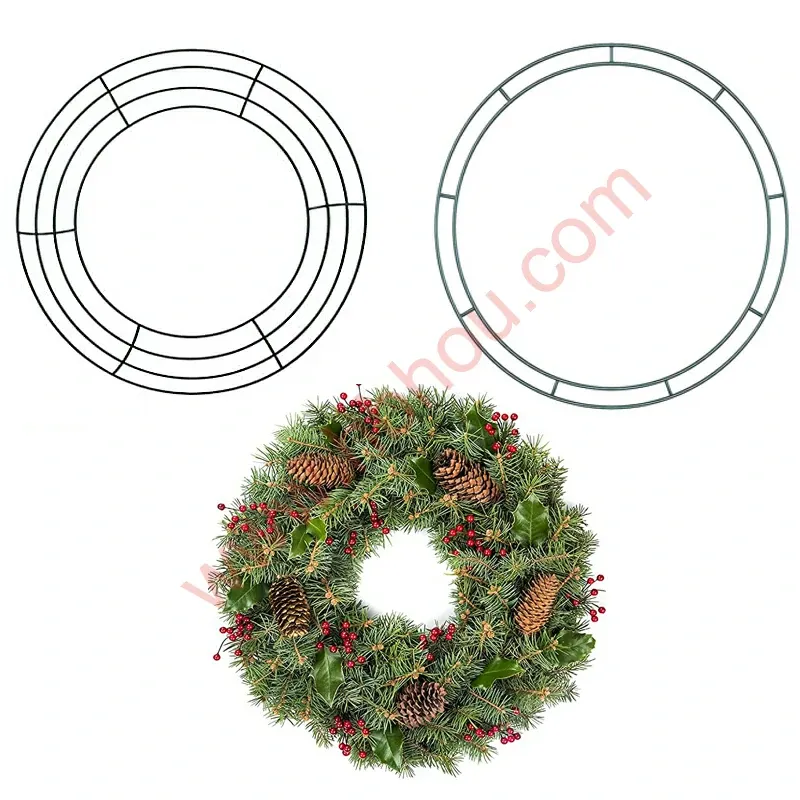Understanding Wire Mesh Specifications A Comprehensive Guide
Wire mesh is a versatile material that finds applications across various industries, including construction, agriculture, and manufacturing. One key aspect of utilizing wire mesh effectively is understanding its specifications. This article aims to decode the typical wire mesh specifications found in product datasheets and guidance documents.
What is Wire Mesh?
Wire mesh is a network of interwoven wires that are typically made from steel, stainless steel, aluminum, or other materials. The wires are available in a range of gauges (thicknesses) and are woven together in various patterns to create a flat sheet. The resulting mesh can be used for security fencing, filters, or as reinforcement in concrete structures.
Common Specifications
1. Material Composition The first specification to consider is the material of the wire mesh. Common materials include low carbon steel, stainless steel, and galvanized steel. Each material has unique properties, such as corrosion resistance and tensile strength, making them suitable for different applications.
2. Wire Diameter The wire diameter is a crucial specification as it affects the mesh's strength and rigidity. Gauges are measured in AWG (American Wire Gauge), where a smaller number indicates a thicker wire. For instance, 12-gauge wire mesh has a greater load-bearing capacity compared to 16-gauge wire mesh.
3. Mesh Opening Size This refers to the size of the openings created by the intersection of the wires. Mesh opening sizes vary according to the intended use of the wire mesh. For example, a mesh used for wildlife fencing will have larger openings compared to one designed for sifting materials.
wire mesh specification pdf

4. Grid Pattern Wire mesh comes in various grid patterns, such as square, rectangular, or hexagonal. The pattern is chosen based on the application requirements, such as strength, drainage, or airflow needs.
5. Coating and Finish Wire mesh specifications may include information on coatings, such as galvanization or PVC coating. Such coatings enhance the material's durability and resistance to environmental factors, extending the mesh's lifespan.
6. Load-Bearing Capacity Understanding the load-bearing capacity is vital, especially for applications in construction. Manufacturers provide specifications indicating how much weight the mesh can support without deforming or failing.
7. Standards and Certifications Many industries require that materials meet specific standards. Wire mesh may be required to comply with ASTM (American Society for Testing and Materials) standards or other regulatory bodies, ensuring quality and safety in its applications.
Applications of Wire Mesh
The specifications of wire mesh dictate its usability in diverse settings. In construction, for instance, wire mesh is often embedded in concrete to improve tensile strength. In agriculture, it’s used in fencing and crop protection. Industrial applications may involve filtering materials or creating protective barriers.
Conclusion
Comprehending wire mesh specifications is fundamental for selecting the appropriate type for any given project. By considering the material, wire diameter, mesh opening size, grid pattern, and other specified attributes, one can ensure that the wire mesh meets the specific needs of the application. Properly understanding these specifications not only aids in choosing the right product but also contributes to increased safety, durability, and functionality in various uses. Whether you're an engineer, architect, or DIY enthusiast, being informed about wire mesh specifications can significantly enhance the quality and longevity of your projects.
















